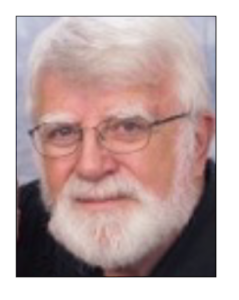
A Message To All Members Of The PRP Global Community:
Past, Present And Future
 On October 2, 2024, Facebook’s technology (artificial intelligence) deactivated the link to the PRP Facebook Group founded in June 2008.
On October 2, 2024, Facebook’s technology (artificial intelligence) deactivated the link to the PRP Facebook Group founded in June 2008.- I immediately appealed the actions of Facebook.
- Within a few hours my appeal was summarily denied and our PRP Facebook Group and 2,370 of our 2,371 members have lost access to important healthcare information.
- As Administrator, however, I can still access our Land of Hope and confirm that the PRP Support Group archive going back to 2012 is intact.
- The Facebook-based PRP Support Group archive represents the collective insights and observations of over 4,000 PRP patients and their caregivers — PRP Facebookers all.
- A new Land of Hope has been established on Facebook. CLICK HERE TO REJOIN.
Undaunted by the unfortunate action of Facebook technology, we will move forward – the favorite direction of every PRPer.
Bill McCue, Founder & RareDERM Advocate
Now Back To The Challenges
Of PRP Patient Support.
The PRP (Pityriasis Rubra Pilaris) Alliance is a patient advocacy organization I founded in November 2013. To that end I have served the PRP global community as an Administrator supported the ever-expanding membership of the PRP Facebook Support Group. Membership has grown from less than 120 to more than 2,300. While Facebook technology has reduced our ranks to less than 650, those who have rejoined are more active than the 2,371 Facebook abandoned.
The mission of the PRP Alliance is to advocate for the timely and accurate diagnosis of PRP the implementation of more effective and accessible treatment options, and an increase in PRP-specific research.
- Every PRP patient, young or old, begins their PRP journey at the same starting point — the first milestone: onset. We had no idea what was happening to our skin nor the journey upon which we were about to embark.
- We reached the second milestone, diagnosis, only to discover a lack of PRP savviness among healthcare professionals. For too many of us, we were only told how to spell pityriasis rubra pilaris and then referred to the internet.
- As we digested the “official” diagnosis, our focus shifted to treatment where we quickly learned: “What works for one doesn’t work for all.”
- And then there is the endgame. While most of us set our sights on remission, others looked “down the road” to a more distant outcome: long-term management.
And along the way, we are continually reminded that PRP is an ultra-rare disease and PRP-savvy dermatologists can be just as rare.
My Role As A PRP Patient Advocate Has Changed
Effective December 31, 2024, my focus as a PRP Advocate has changed. I wil no longer monitor the day-to-day operation of the Facebook-based PRP Support Group and publish a weekly New Member welcome. My focus shifts to three initiatives:
- Publication of the answers to the First 30 Questions a PRP Patient Should Ask no matter where they are on their PRP journey.
- Publication of the PRP Glossary of Words, Terms and Jargon offering over 200 topics from ALCOHOL to WHY ME?
- Establish the framework for the establishment of a Rare Disease Registry for Pityriasis Rubra Pilaris as a catalyst for PRP global research. It is my intention to work with Dr. Teri Greiling, Vice Chair of the Oregon Health and Science University, Dermatology Department.


